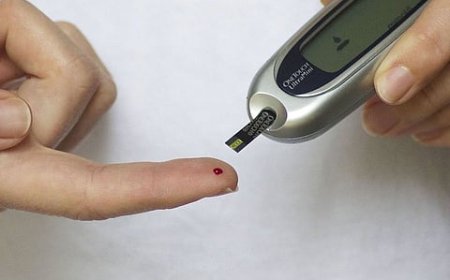Farewell to thee, penny! US retires one-cent coin after 230 years
The US Mint has ceased production of pennies due to high production costs. The last coin struck in Philadelphia marked the end of an era. Here's what it means for the coin's future usage.

THE United States Mint has officially ended production of the one-cent coin, also known as the penny, on 12 November, closing a 232-year-old chapter in American currency. US Treasurer Brandon Beach struck the final coin at the Philadelphia Mint, marking the end of an era.
Once common in everyday use, the penny has lost much of its value over time and is now considered nearly worthless.
In 1793, a penny could buy a biscuit, a candle or a piece of candy. Today, most of these coins end up forgotten in jars or junk drawers.
Will the 1-cent coin become out of use?
Although the production has ceased, billions of pennies remain in circulation. They will retain their 1-cent value and continue as legal tender. They are not being recalled or demonetised, though their use will naturally slow down.
US Treasurer Brandon Beach told reporters that the half-cent, discontinued in 1857, was the last US coin withdrawn.
Why is the production ending?
The primary reason behind the penny's demise is its high production cost, which made it virtually obsolete. Each penny costs nearly 4 cents to make. According to Beach, the move will save taxpayers $56 million.
US President Donald Trump in February ordered the Treasury to stop what he called the “wasteful” minting of pennies, prompting gas stations, fast-food chains and big-box stores to adjust prices and round cash transactions, Reuters reported.
US Treasurer Brandon Beach and Derek Theurer, Deputy Secretary of the Treasury, pose for a photo with the last struck penny during Beach's visit to strike the final five circulating one-cent coins at The United States Mint in Philadelphia, Pennsylvania.
US Treasurer Brandon Beach and Derek Theurer, Deputy Secretary of the Treasury, pose for a photo with the last struck penny during Beach's visit to strike the final five circulating one-cent coins at The United States Mint in Philadelphia, Pennsylvania.
The Mint will auction off the last few pennies, and the sale is expected to fetch around $100,000. Mint Acting Director Kristie McNally said the proceeds from the sale will fund Mint operations, with any excess transferred to the US Treasury.
How did people react to the announcement?
The phaseout, which officials said mostly ended over the summer, caused some immediate issues as retailers were left without any government guidance on how to handle transactions, as supplies ran low and the end of production drew near.
Some businesses began to round prices down to avoid shortchanging customers, while others asked shoppers to bring exact change. The more creative among retailers offered prizes, such as a free drink, in exchange for a large pile of pennies.
“We have been advocating the abolition of the penny for 30 years. But this is not the way we wanted it to go,” Jeff Lenard of the National Association of Convenience Stores was quoted as saying by AP.
In a somewhat paradoxical result of a move meant to address a "glut: of coins, some banks began rationing supplies as the final date drew near. Over the last century, about half the coins made at mints in Philadelphia and Denver have been pennies.
For many Americans, the penny has held a nostalgic and symbolic value; it was considered lucky or simply fun to collect.
Regardless of their small face value, collectors and historians consider pennies as an important part of America's historical record. Frank Holt, an emeritus professor at the University of Houston and a scholar of coin history, expressed sorrow over their discontinuation, AP reported.



















































































